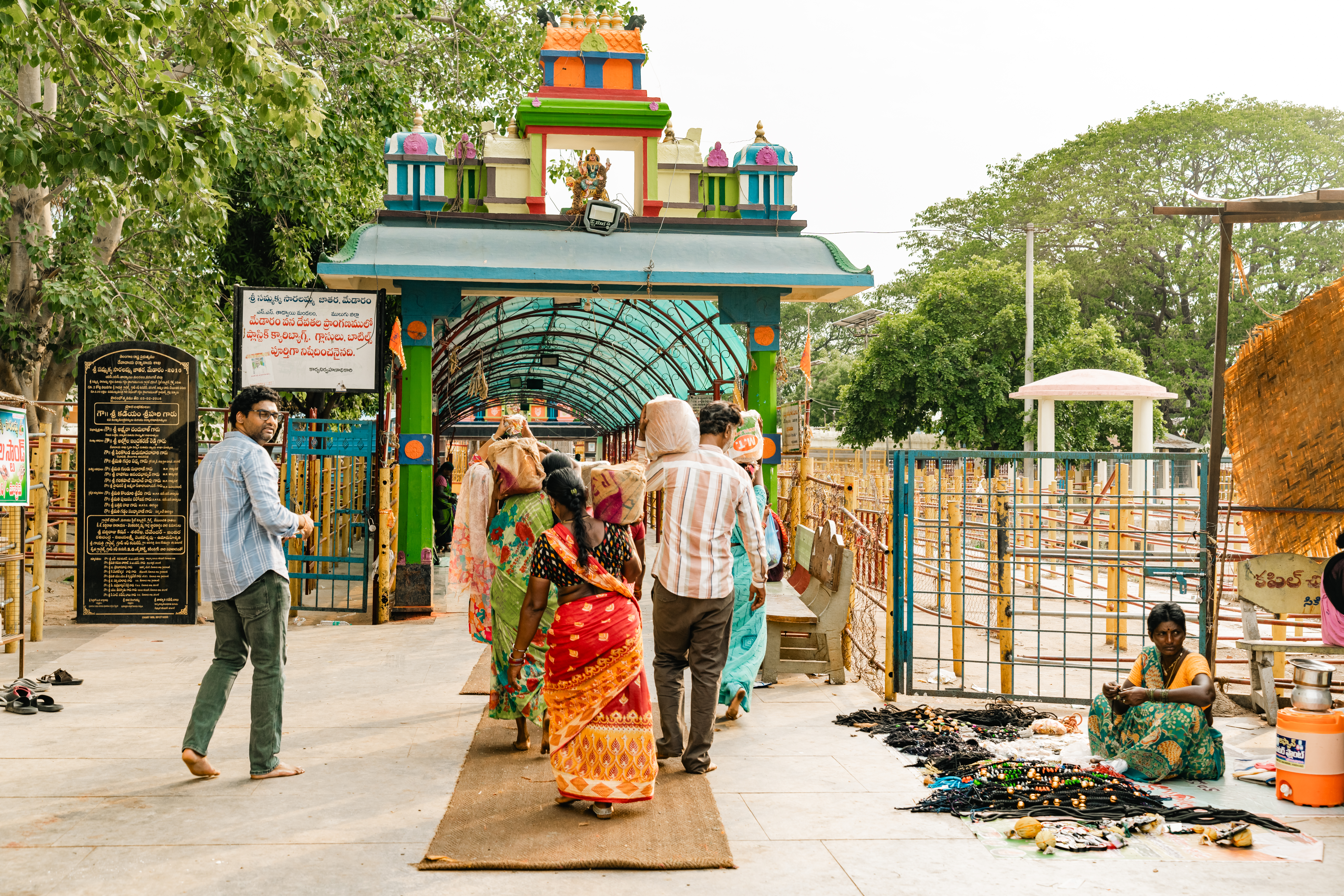The Sammakka Saralamma Temple, dedicated to two heroic women, Sammakka and Saralamma, stands as a symbol of courage and community resilience. People revere these women, who became martyrs in battle, as deities. The legend tells of a Koya tribal troop discovering a little girl, Sammakka, playing with a tigress. Her bravery inspired the troop's leader to adopt her. Sammakka later married Pagididda Raju, a Kakatiya chief and had a daughter, Sarakka. Both women courageously opposed the Kakatiya kings' oppressive tax policies and lost their lives in the struggle. The Koya community built this temple in their honor, and their legacy is celebrated annually in the Sammakka Saralamma Jatara, one of the world's largest tribal festivals. Dandakaranya, the region where the temple is located, is historically significant, as it is believed to be the place where Lord Sri Rama, his consort Sita, and his brother Lakshmana stayed during their 14-year exile. The area holds significant spiritual importance for many devotees. |
To be updated
